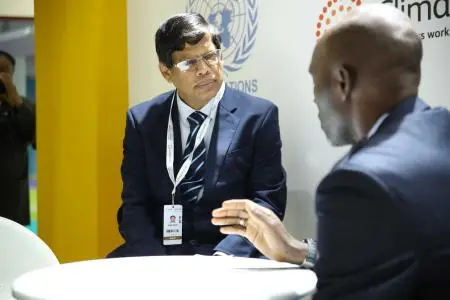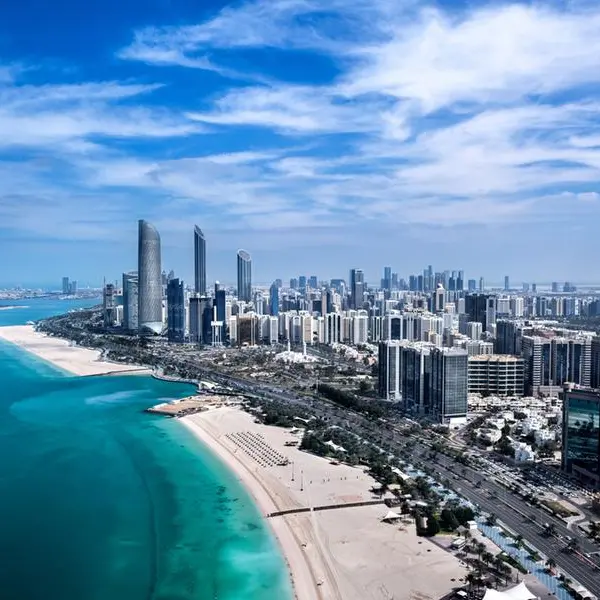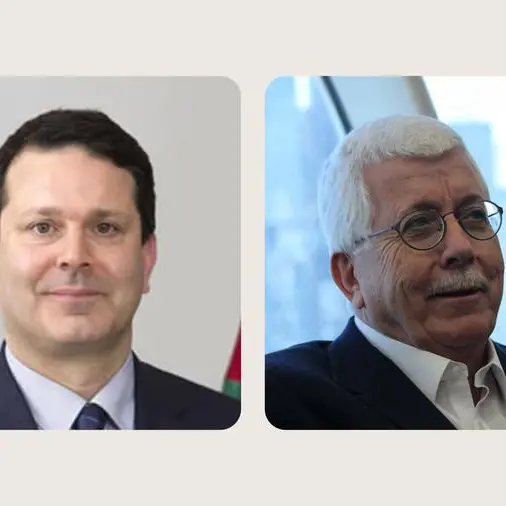PHOTO
Abu Dhabi: The World Future Energy Summit (WFES) hosted the first-ever gathering of the International Solar Alliance (ISA), when it discussed the body’s aim of raising USD 1 trillion in global solar investments by 2030. On the sidelines of the event in Abu Dhabi, the ISA also signed a letter of intent with YES Bank for its first financing commitment of up to USD 5 billion by 2030. The organization also signed nine solar projects across five ISA member countries, including UAE, Saudi Arabia, Nigeria, India and Spain.
“The best way to get going is to get projects on the ground. That is what we call action to transaction, and that is what ISA is all about,” said Upendra Tripathy, Interim Director General of the International Solar Alliance, a treaty-based international organsation based in India.
Launched at the UN Climate Change Conference in Paris in late 2015 by the President of France and the Prime Minister of India, the alliance is a coalition of sun-rich countries which seeks to increase the use of solar energy and reduce its members’ dependence on fossil fuels.
“Solar energy will play a central role in the new age of energy. Solar is the fastest growing energy source,” said Adnan Z Amin, director general of IRENA, who addressed the forum.
“The chief driver behind the impressive drive of solar is its impressive business case.”
He said the price of solar PV modules – solar panels – plummeted by 80 per cent from 2010 to 2016, and the cost of generation from utility scale PV solar projects has also fallen by more than 70 per cent.
“These downward trends are expected to continue. Our analysis finds that over the next decade, costs for solar PV could drop by a further 60 per cent, and concentrated solar by almost 45 per cent,” added Mr Amin.
Ministers from seven-member states attended the forum and spoke about their hopes for the solar industries in their countries.
Dr. Thani bin Ahmed Al Zeyoudi, cabinet member and Minister of Climate Change and Environment for the Government of the UAE, said the Emirates has been at the forefront of renewable energy for over a decade, since the launch of Masdar. But he added that more still needs to be done to meet the country’s ambitious national clean energy targets.
“And this is why we look forward to cooperating with our regional and international partners under the umbrella of the International Solar Alliance, to fully exploit solar potential to realise a sustainable future,” added Dr. Al Zeyoudi.
Some countries in the alliance are just at the start of their solar journey, such as Somalia. Its biggest power source is currently diesel generators. Electricity is largely non-existent and access to it is very low. Nearly everyone cooks with firewood or charcoal, and charcoal supplies are running low.
“Yet the Somali Government has a bold idea for energy and sustainable energy by renewable energy investment,” Prof Salim Alio Ibro, Minister of Energy and Water Resources, Government of Somalia told the forum.
The government is eyeing solar and wind energy to close the country’s vast energy access gaps while meeting its commitments under the Paris Climate Agreement, he added.
“Renewable energy is one of the best ways to mitigate energy related problems in Somalia," he said.
“Somalia is well endowed in wind and solar energy resources. The country has the highest potential for any African country for onshore wind, and one of the highest rates of daily total solar radiation in the world," added Prof. Ibro.
"As the cost of renewable energy products have come down in the past few years, renewable energy systems have become competitive against fossil fuel options.”
The alliance includes more than 121 prospective member countries located either fully or partially between the Tropics of Cancer and Capricorn. It aims to help developing countries harness 1,000 GW of solar by 2030 by raising $1trillion, and arranging the associated technological assistance to support the goal. Half of the total is expected to come from the private sector, with national governments and public sector companies providing the rest.
Of the $1trillion, $700billion will be in the form of concessional credits – investments for countries to add solar capacity - while the remaining $300bn will be earmarked for risk mitigation to protect companies wishing to invest in solar.
Experts at the forum said a risk mitigation fund could encourage ten times the amount of investment in the sector as it will give more confidence to investors. Had a fund of that nature been established before now the sector would already be worth $1trillion, said Michael Eckhart, Managing Director and Global Head of Environmental Finance, Corporate and Investment Banking, Citigroup Inc.
Dr. Paolo Frankl, Head of Renewable Energy Division, International Energy Agency, said people often talk about solar PV because it is the cheapest form. But there are others, including concentrated forms of solar power with thermal storage or solar heating and cooling.
“Then there is also the production through cheap solar and wind, of cheap hydrogen to produce either ammonia or either hydrogen rich chemicals and fertilizers,” said Dr. Frankl.
“Believe me this will be the scale up from one single trillion to multiple trillion investment opportunities.”
© Press Release 2018










